
Sierra Leone's music is a mixture of native, French, British, West Indian and Creole musical genres.
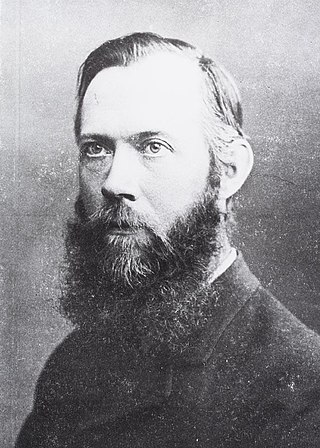
Antonie “Anton” Pannekoek was a Dutch astronomer, philosopher, Marxist theorist, and socialist revolutionary. He was one of the main theorists of council communism.

The Royal Netherlands Academy of Arts and Sciences is an organization dedicated to the advancement of science and literature in the Netherlands. The academy is housed in the Trippenhuis in Amsterdam.

The Mende are one of the two largest ethnic groups in Sierra Leone; their neighbours, the Temne people, constitute the largest ethnic group at 35.5% of the total population, which is slightly larger than the Mende at 31.2%. The Mende are predominantly found in the Southern Province and the Eastern Province. The Mende are mostly farmers and hunters. Some of the major cities with significant Mende populations include Bo, Kenema, Kailahun, and Moyamba.

Johannes Gerard van Dillen was a Dutch economic historian.

Pieter Cramer was a wealthy Dutch merchant in linen and Spanish wool, remembered as an entomologist. Cramer was the director of the Zealand Society, a scientific society located in Flushing, and a member of Concordia et Libertate, based in Amsterdam. This literary and patriotic society, where Cramer gave lectures on minerals, commissioned and/or financed the publishing of his book De uitlandsche Kapellen, on foreign (exotic) butterflies, occurring in three parts of the world Asia, Africa and America.
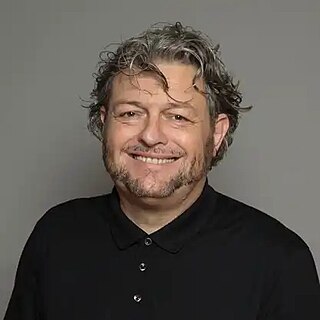
Henkjan Honing is a Dutch researcher. He is professor of Music Cognition at both the Faculty of Humanities and the Faculty of Science of the University of Amsterdam. He conducts his research under the auspices of the Institute for Logic, Language and Computation, and the University of Amsterdam's Brain and Cognition center.
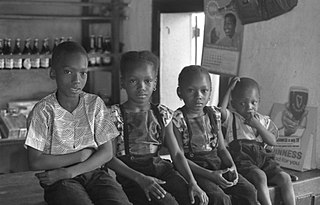
The Temne, also called Atemne, Témené, Temné, Téminè, Temeni, Thaimne, Themne, Thimni, Timené, Timné, Timmani, or Timni, are a West African ethnic group, They are predominantly found in the Northern Province of Sierra Leone. Some Temne are also found in Guinea. The Temne constitute the largest ethnic group in Sierra Leone, at 35.5% of the total population, which is slightly bigger than the Mende people at 31.2%. They speak Temne, a Mel branch of the Niger–Congo languages.
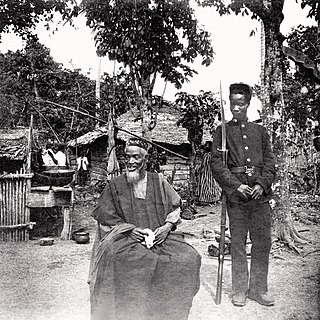
The Hut Tax War of 1898 was a resistance in the newly annexed Protectorate of Sierra Leone to a new tax imposed by the colonial governor. The British had established the Protectorate to demonstrate their dominion over the territory to other European powers following the Berlin Conference of 1884–1885. The tax constituted a major burden on residents of the Protectorate; 24 indigenous chiefs had signed a petition against it, explaining its adverse effects on their societies, to no avail. The immediate catalyst for hostilities was an attempt by British colonial officials to arrest the Temne chief Bai Bureh, a general and war strategist, on the basis of rumours. Although often depicted as the chief who initiated an armed resistance in the North in 1898, late 20th-century sources suggest he was unfairly identified by the colonial government as a primary instigator, with the government's hostile actions provoking the war. Later that year, resistance arose in the south by the leading Mende.

Henk Wesseling was a Dutch historian. He was a professor of contemporary history at Leiden University, former rector of the Netherlands Institute for Advanced Study between 1995 and 2002.
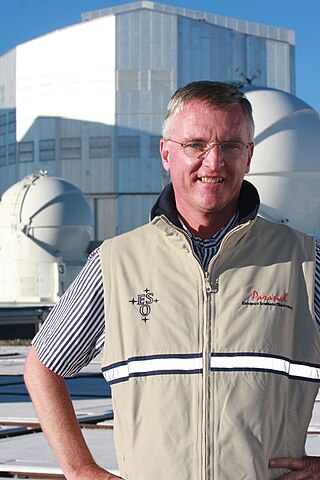
Pieter Timotheus "Tim" de Zeeuw is a Dutch astronomer specializing in the formation, structure and dynamics of galaxies. From 2007 to 2017 he was the director general of European Southern Observatory. He is married to astronomer Ewine van Dishoeck. In May 2022, Leiden University suspended him after an internal review concluded that over several years he repeatedly belittled and insulted women in public and abused his position of power as a professor by threatening to damage their scientific careers; and that in addition to intimidation and inappropriate behavior there was "a component of sexual harassment". The Max Planck Institute for Extraterrestrial Physics announced that they will no longer work with him and the European Southern Observatory banned him from accessing their premises.
Jan Pouwer was a Dutch anthropologist with a thorough grounding in his profession in terms of fieldwork and theory. He studied Indology and Ethnology at Leiden University under the renowned Jan Petrus Benjamin de Josselin de Jong. He worked as a ‘government anthropologist’ and conducted extensive fieldwork in Netherlands New Guinea, 1951–62. He subsequently served as Professor of Anthropology at Amsterdam, Wellington (N.Z./Aotearoa) and Nijmegen Universities, 1962–87.
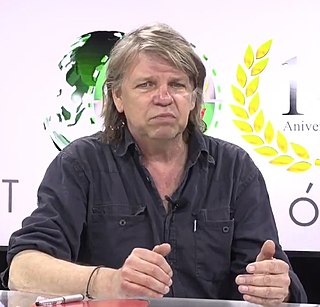
Teun Voeten is a Dutch photojournalist and cultural anthropologist specializing in war and conflicts. In 1996 he published the book Tunnelmensen about homeless people living in an old railroad tunnel in Manhattan. He also wrote books on the war in Sierra Leone and made a photo book on the drug violence in Mexico, on which subject he wrote a PhD thesis at Leiden University.

The Meertens Institute in Amsterdam is a research institute which studies and documents language and culture in the Netherlands as well as Dutch language and culture throughout the world. The institute is part of the Royal Netherlands Academy of Arts and Sciences.
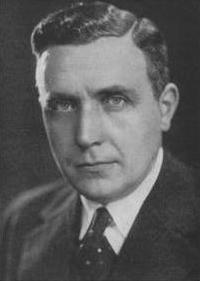
Petrus Johannes Idenburg was a jurist specialized in constitutional law, lector at Leiden University, and researcher on Africa.

Eveline Crone is a Dutch professor of cognitive neuroscience and developmental psychology at Leiden University. Her research focuses on risky behaviors in adolescent humans during puberty and examines the function of those risks. For her research in adolescent brain development and behaviour, she was awarded the Spinoza Prize, the highest recognition for Dutch scientists, in 2017.
Irene J. F. de Jong is a classicist and professor of Ancient Greek at the University of Amsterdam. She is known for her pioneering work on narratology and Ancient Greek literature. She is a Fellow of the British Academy.
Joan Henri van der Waals was a Dutch physicist. He was professor of experimental physics at Leiden University between 1967 and 1989. He specialized in molecular physics and clathrate hydrates. One of van der Waals's most significant contributions to the study of hydrates was a series of papers between 1953 and 1958, which eventually culminated in the 1959 publication of his paper on the canonical partition function for clathrates, along with J. C. Platteeuw. To create this partition function, van der Waals made a number of simplifying assumptions, most prominently that neighboring guest gas molecules cannot interact and there is a maximum of one guest per cage.
The Descartes-Huygens Prize is an yearly scientific prize created in 1995 by the French and the Dutch governments, and attributed to two scientists of international level, a French one chosen by the Koninklijke Nederlandse Akademie van Wetenschappen and a Dutch one chosen by the Académie des sciences, to reward their work and their contributions to the French-Dutch cooperation.

Mark Dingemanse is a Dutch linguist and an Africanist. He is an associate professor in Language and Communication at the Centre for Language Studies of Radboud University Nijmegen. Dingemanse obtained a MA degree in African Languages and Cultures at Leiden University in 2006, and a PhD degree in arts in 2011 at Radboud University Nijmegen. He is also a Senior Investigator in the Multimodal Language and Cognition research group at the Nijmegen Max Planck Institute for Psycholinguistics. Dingemanse performed linguistic fieldwork in eastern Ghana and did comparative research on various languages. He is principal investigator of the research programme Elementary Particles of Conversation, on the small words in everyday language. The Royal Netherlands Academy of Arts and Sciences awarded Dingemans a Heineken Young Scientists Award in 2020.

















